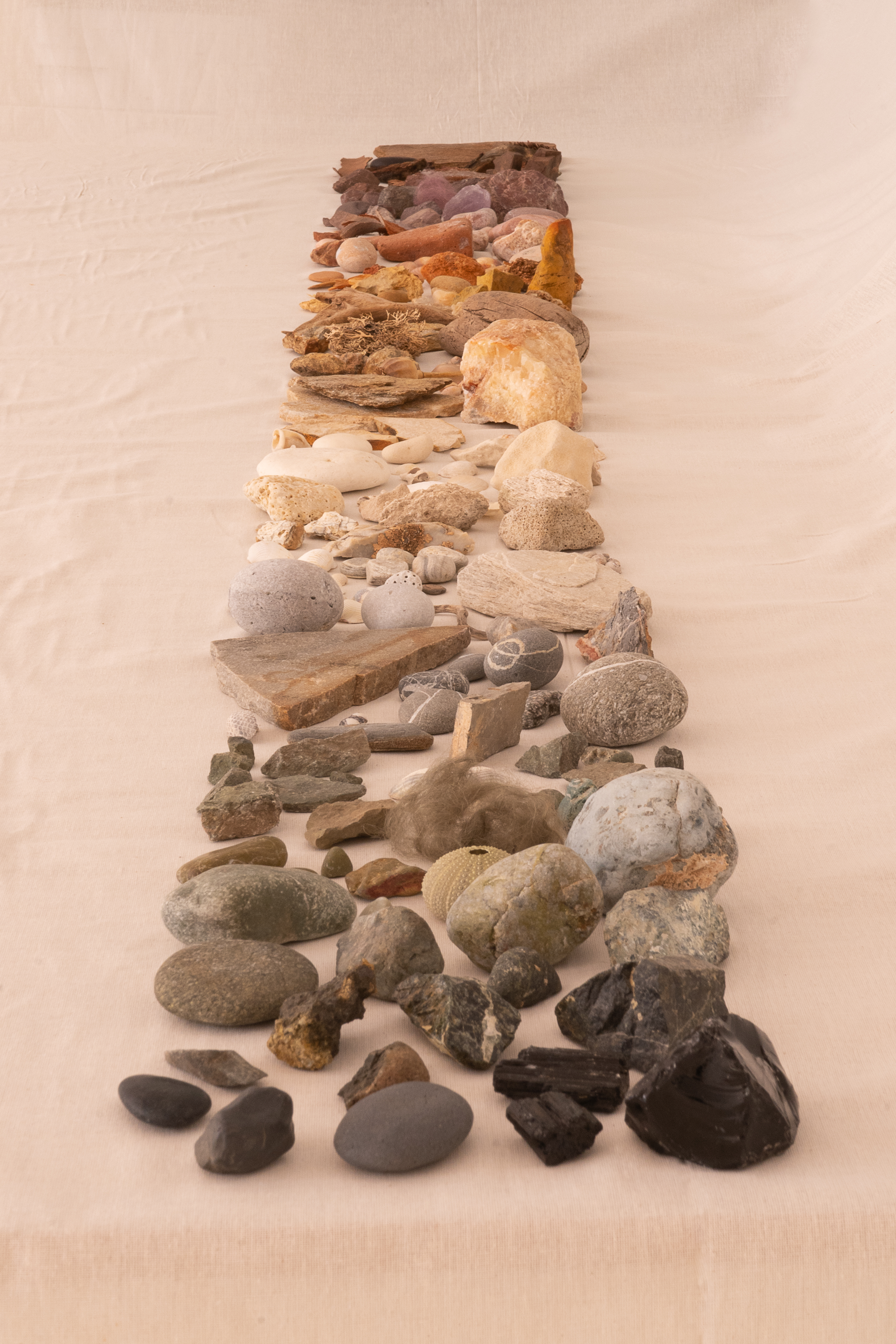quilts // clay // color // photography // misc.
no such thing as nature //
“There is no such thing as Nature. I’ve seen penguins, plutonium, pollution, and pollen. But I’ve never seen Nature.
Timothy Morton - Realist Magic

*See in exhibits
click to enlarge
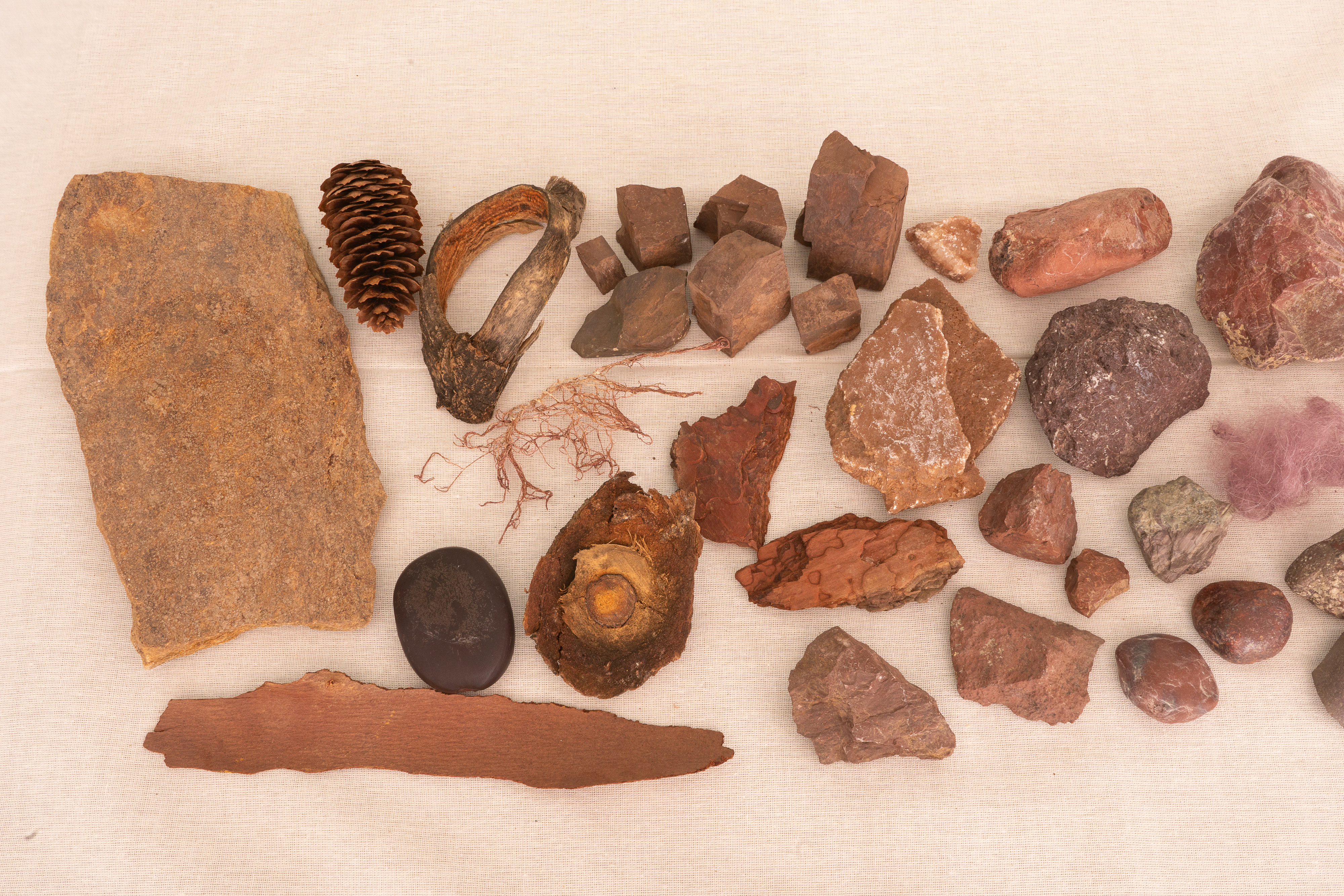
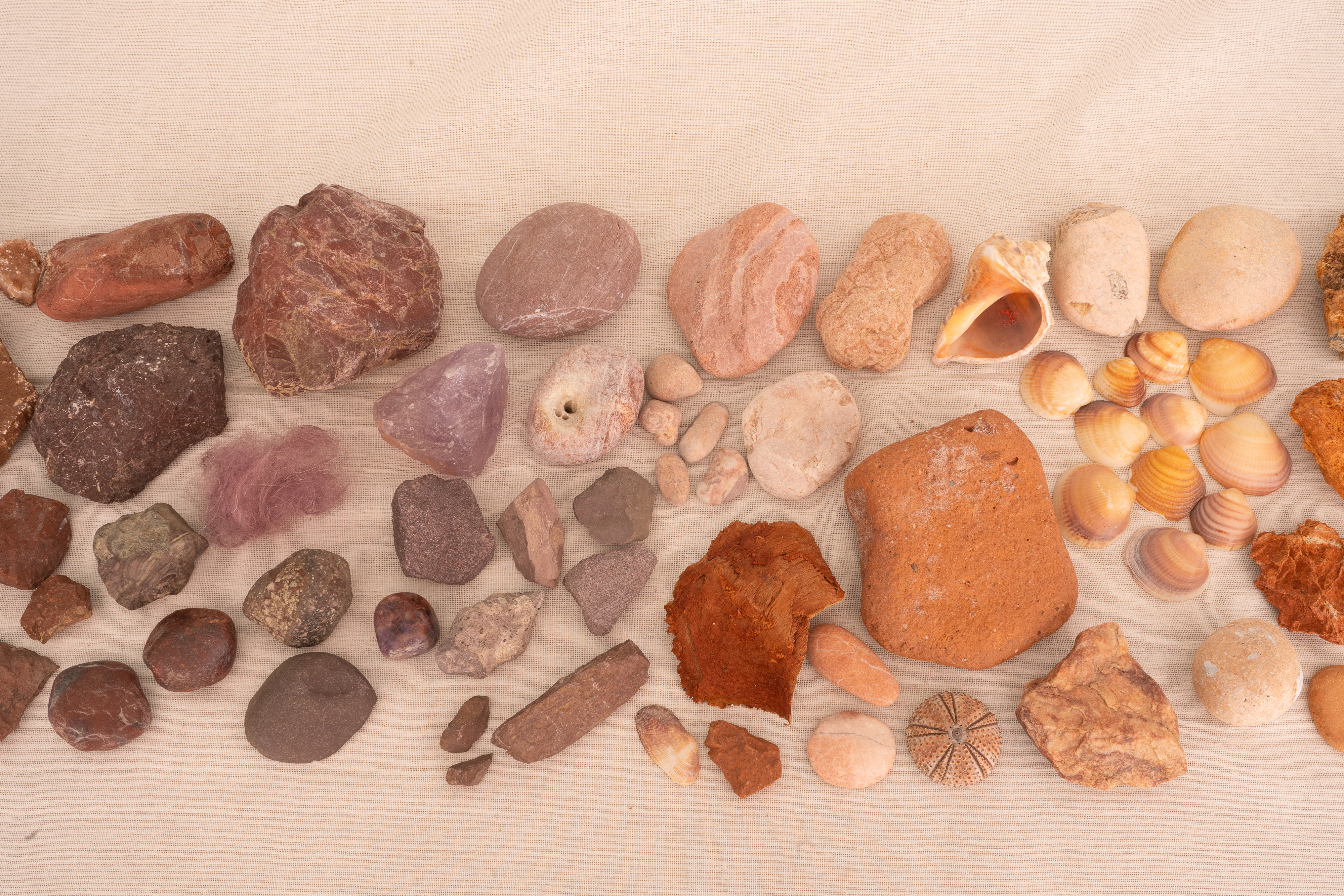
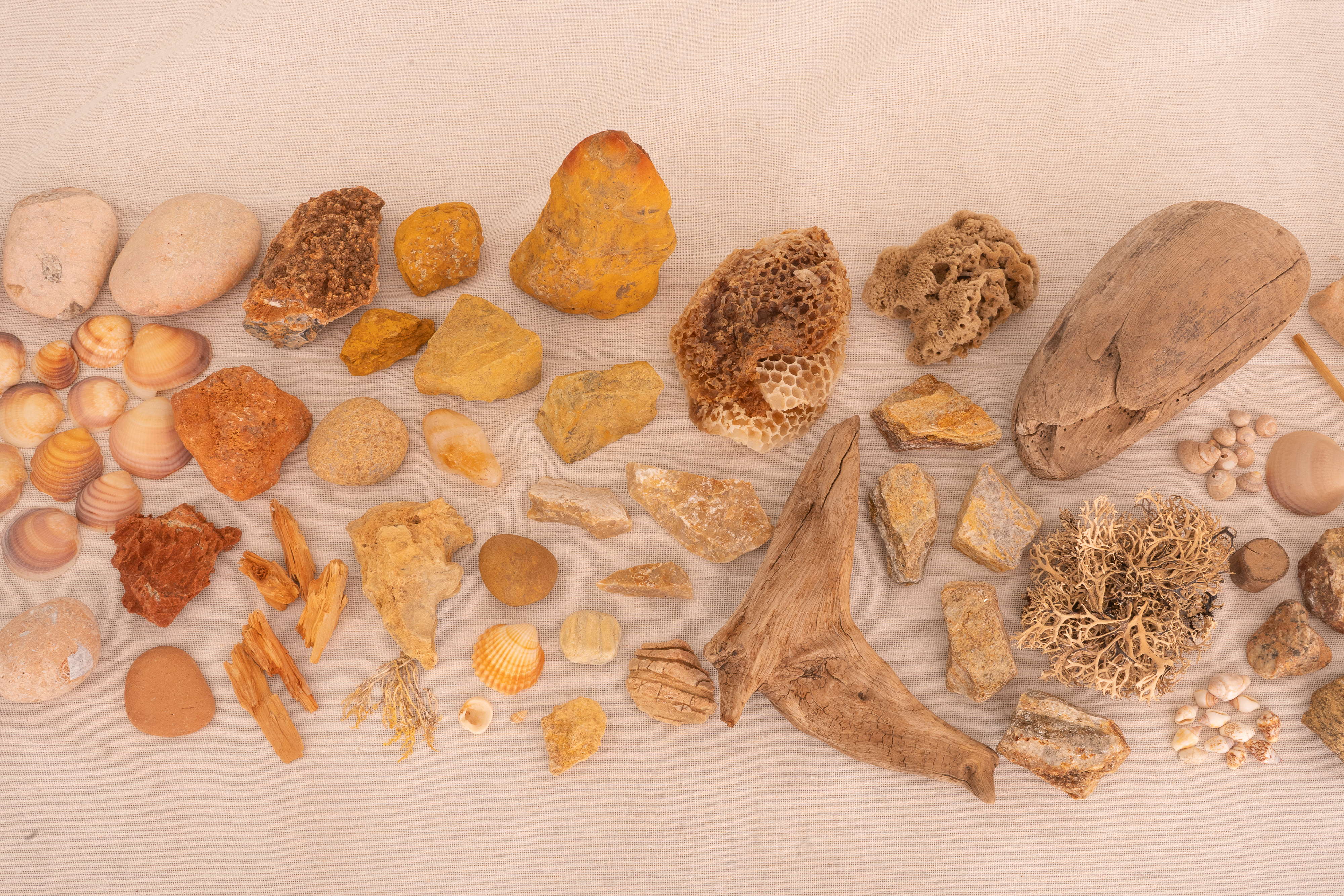
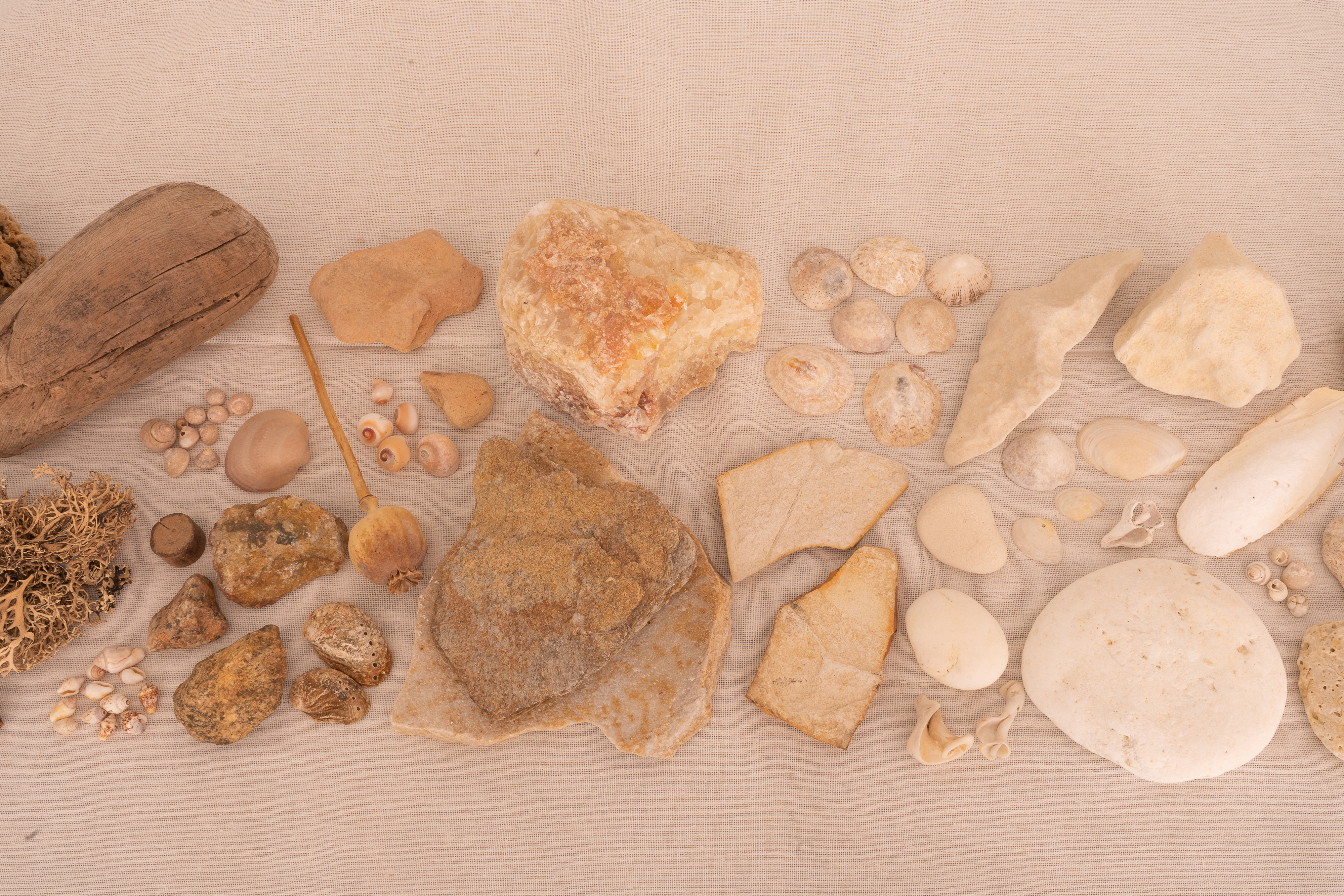
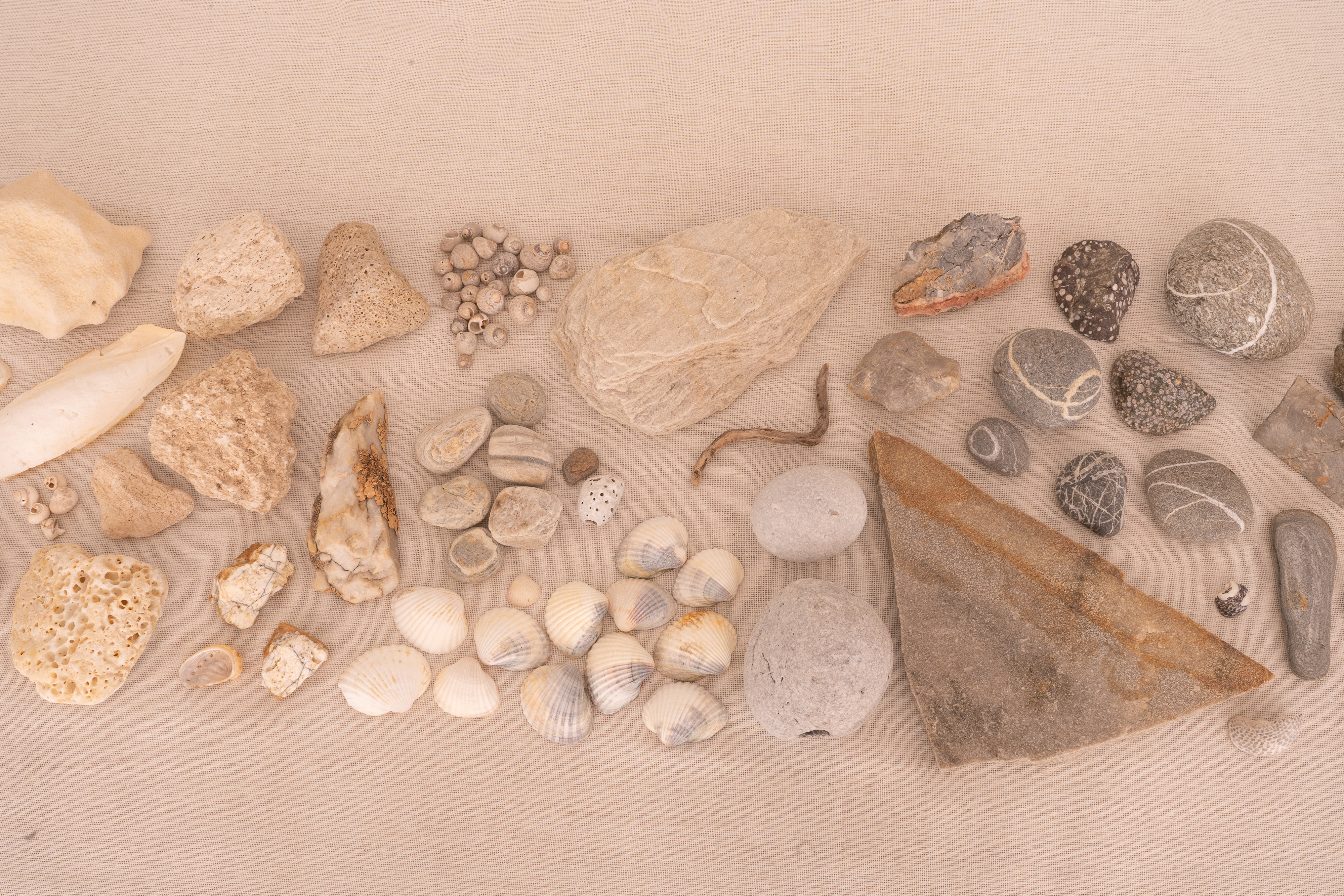
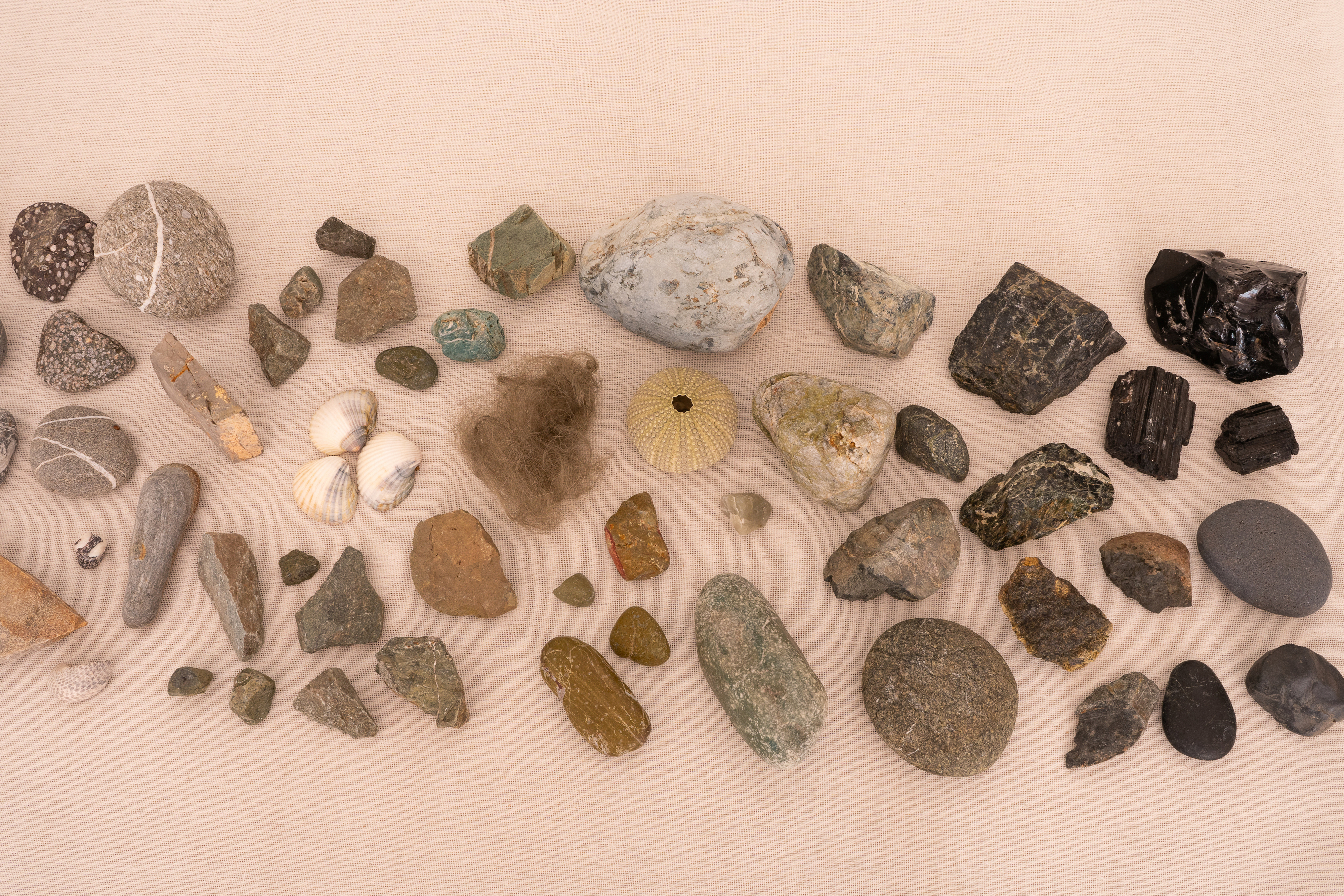
This claim, which may initially sound quite speculative and even somewhat unsettling, fundamentally serves as a critique of the anthropocentric (human-centered) ways of thinking of us, the inhabitants of the Earth. Morton expresses the constructed aspect of this concept by capitalizing the word 'Nature'. In my installation ‘no such thing as nature’ I aim to make Nature visible in a similar way.
The non-existence of nature is synonymous with humans defining it as an externality. In other words, Nature is foreign to us from the moment it is produced. Much like the foreignness of the pen in my hand, the structure surrounding me, the morning coffee I drank, or the bird perched on electrical wires outside my window, Nature remains a stranger. The interesting part begins right here because a human being is a 'natural' being, but Nature is not natural.
At this point, Marx says, "Nature is humanity’s body" and adds: "To say that human physical and mental life is connected to nature is to say that nature is interconnected within itself because humans are a part of nature." Therefore, establishing an external relationship with nature is actually not possible; Nature is external. It is Nature that is defined in the anthropocentric way, subjected to violence due to its externality, reduced to a workable substance, commodified, controlled, and alienated.
Is it possible to remove human beings from the center of this definition? In my opinion, it is not. However, paradoxically, what dissolves anthropocentrism is still the centrality of humans. The possibility of losing the center arises from humans starting with themselves and turning back to themselves. A kind of short-circuit possibility emerges, and boundaries become blurred. I believe that encountering Nature will create such a short-circuit, and the way to this does not lie in glorifying the natural, but in making the artificiality of the concept visible.
‘No such thing as nature' is the result of a process spanning 10-15 years during which I collected various organic (plant and animal) and inorganic (mineral, stone, crystal) materials from various parts of the world and arranged them in a specific order. When we question the concept of nature within this framework, we realize that these materials have been selected and organized according to a certain human-like code, raising a question of reality. This question is somewhat unsettling because when taken further, we encounter Nature. Natural materials are displayed in a designated area in a certain order, and we have come across them within the urban structure we are in, within a specific scenario. If we refer to what we see as Nature, then either everything must be nature or nothing is nature. Nature becomes visible at this point.
